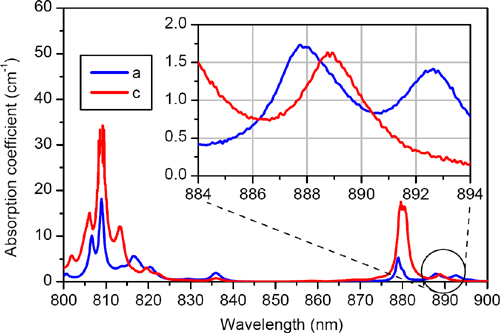D
Deleted member 42751
Guest
all dpss beside 532nm from CNI are usually pulsed for longer duty cycle.
My Spartan 589 isn't pulsed - perhaps it's used to reduce the power.
Is your PGL 561 pulsed?

Follow along with the video below to see how to install our site as a web app on your home screen.
Note: This feature may not be available in some browsers.

all dpss beside 532nm from CNI are usually pulsed for longer duty cycle.


My Spartan 589 isn't pulsed - perhaps it's used to reduce the power.
Is your PGL 561 pulsed?
My Spartan 589 isn't pulsed - perhaps it's used to reduce the power.
Is your PGL 561 pulsed?
Any idea how yellow is produced inside that pointer?
...
Another method is to generate 1,064 and 1,319 nm light, which are summed to 589 nm.
It's more likely that pulsing gives longer duty cycles and reduce the heat.
Whats a formula that has 808>1064>532
Just wondering?
1/(1/1064+1/1319) = 589

Thank you, much appreciated, that number just rattled an old memory, I had forgotten. Can you tell me what the major cause is with many of our laser 532nm DPSS pointers to be so temperature temperamental; the laser diode is going too far from center frequency or the NL crystal being outside its optimum operating temperature?
I am guessing the answer is both, but if one is more of a problem than the other, which one? The diode being off wavelength or the NL crystal being too cold or warm? My understanding is many of these NL crystals will double any wavelength within the visual spectrum, but we are limited due to the availability of different wavelength coherent light sources, that we just haven't been able to cheaply build them, especially so in regard to diodes.

